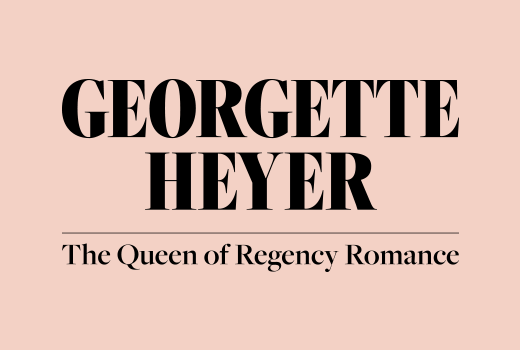Margery Allingham is far more than just one of the “big four” crime writers from the Golden Age of Detective Fiction. She is daring, irreverent, stylish, occasionally subversive and often unexpected. But the killer punch is the playfulness and wit with which she liberally laces her work. She doesn’t take herself too seriously, flirts with parody and even gleefully inserts herself into one Campion short story as “his personal secretary” in a distinctly modern, meta way.
Allingham’s style and stories are often light, fun, clever (in the way that the best crime writers can be) and entertaining but – crucially – retain depth. She creates textured, nuanced stories, recognising that crime procedurals bring order to chaos. Allingham knew this comfort factor appealed to her contemporary audience and it remains equally true now. Modern audiences are looking for distraction, entertainment and relief in an increasingly complex and disordered world.
Her most interesting individual twist on the crime genre was to abandon detection entirely to write “convergence” stories in which the reader meets both the criminal and the detective early on. In these stories, suspense related to discovery is set entirely to one side, and narrative focus transferred to questions of the villain’s psychology and motivation, and how, or if, the detectives catch up with him or her. Readers are lulled into a false sense of security: expecting similarity or consistency of style and character, they are instead confronted by difference, meeting anything from parody to a sustained exploration of evil. The Tiger in the Smoke and Hide My Eyes are classic, critically acclaimed examples.
Allingham reflects her time but also transcends it. Because her work always reflects the contemporary, both she and it evolve in terms of sensibility and perspective across the decades in which she writes. Albert Campion starts his career as more of a comedic, parodic, Peter Wimsey type. But he quickly develops into a more mature and reflective personality who is palpably affected by the changing textures of English life between the early 1930s and late 1960s.
Allingham’s books generally (but not always) include a murder and its resolution, and most of them also have a love story. The first is a genre requirement, the second an optional extra that allows Allingham to maintain the light-hearted tone she generally prefers. But don’t be fooled: she is far from formulaic or fluffy. Instead, she delights in subverting and/or flipping expectations, sometimes in surprising or unexpected ways, deliberately using a light-hearted tone to explore heavyweight themes to devastating effect.
Her structuring also feels modern. The myriad ways in which Allingham orders her stories, and the inventive routes by which she finds her way into scenes and characters can be unconventional and unexpected which gives a life and energy to her storytelling more akin to modern TV narrative forms than classic detective fiction.
Allingham not only mines the physical and geographical setting of a particular place, but soaks each book in the precise, potent mood of the year in which it was written. This dynamic reflection of the times in which she is living is a powerful feature of her work, unusual in a crime novelist of her vintage. Allingham’s acute observations provide an excellent social history framework to her work, a remarkably rich seam only heightened by the fact her writing spans six decades.
“Crime writers are a kind of reflection of society’s conscience. We observe, report and show what everyone really wants – that violence ought to be stopped and crime doesn’t pay. That seems perfectly moral to me.”
– Margery Allingham



